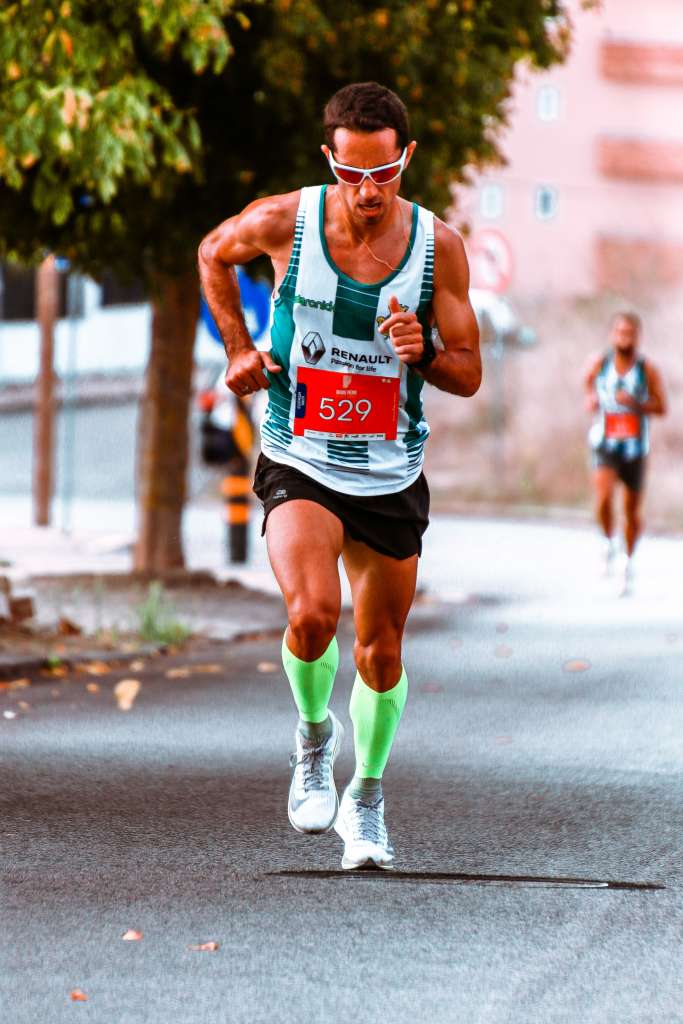
Compression has been used for centuries in the medical world for both chronic and acute injuries as a key role in circulation. Today, compression garments are becoming increasingly popular among athletes. Have you ever wondered why athletes often wear knee-high socks during sports competitions? Have you ever wondered why athletes often wear knee-high socks during sports competitions? Why do the clothes seem so “tight”? In fact, the right choice of compression clothing helps athletes improve their performance and reduce recovery time.
Originally, compression clothing, also called pressure garments, were made for those with circulatory problems to treat pathologies of the venous system and prevent the risk of phlebitis when flying /traveling. It is suggested that compression stockings be worn for air travel of more than 5 hours as a preventive measure. Compression garments are now more and more popular among athletes.
You do not need to be a professional athlete to use this technology. All individuals looking to improve their performance and reduce recuperation time after training would benefit from compression clothing.
Compression clothing is known to improve performance and reduce recuperation time. This improves blood circulation to provide a more efficient blood return allowing your system to filter toxins released by the muscles during exercise (such as lactic acid) to provide better oxygenation for the muscles. They also have stabilization providing better muscle alignment and reducing micro-tears.
Wearing compression clothing allows for:
- Improved performance by increasing efficiency, endurance, strength, power and precision;
- Less heaviness in the legs and muscular fatigue;
- Reduce risk of injury;
- Experience less delayed onset muscle soreness after training (by reducing the toxins stuck in the musculature);
- Accelerate recuperation;
- Improve oxygenation in the circulation;
- Oxygenate musculature;
- Reduce muscle inflammation;
- Produce better muscle alignment, posture, stability and proprioception;
To elaborate, one of the benefits of compression clothing for athletes is a faster recovery; reducing recovery time and muscle aches, which usually appears after an intense session of physical exercise.
The term “compression” is widely used on the market. Many sports and workout clothes claim to be “compression” without actually including compression. The term “20-25 mmHg” for example, means that the amount of compression provided will not be less than 20 mmHg while not exceed 25 mmHg at any time. The abbreviation mmHg stands for millimeter (mm) of mercury (Hg from Latin Hydrargyrum). It is a unit of measurement used to measure blood pressure. It is important to be aware of the compression grade system. For garments close to the central circulatory system (shirts, pants) a compression of 10 mm Hg is recommended to keep optimal performance without altering the circulation. To be considered “medical grade compression”, the compression level of a garment must be at least 20 mmHg and higher. Compressions below this measurement will be considered proprioceptive compression to signal postural and spatial awareness to the neurological system of the wearer.
Kiné Pro Sport is proud to be affiliated with the EC3D products. EC3D is a Quebec-based company that manufactures and designs innovative compression clothing to improve your performance and sporting results. Be sure to ask your therapist for advice and they will be able to direct you to the ideal compression item for you.
It is important to specify that EC3D offers more than these options. We invite you to consult their catalogue for more information.
Visit our store or write to us for more information
